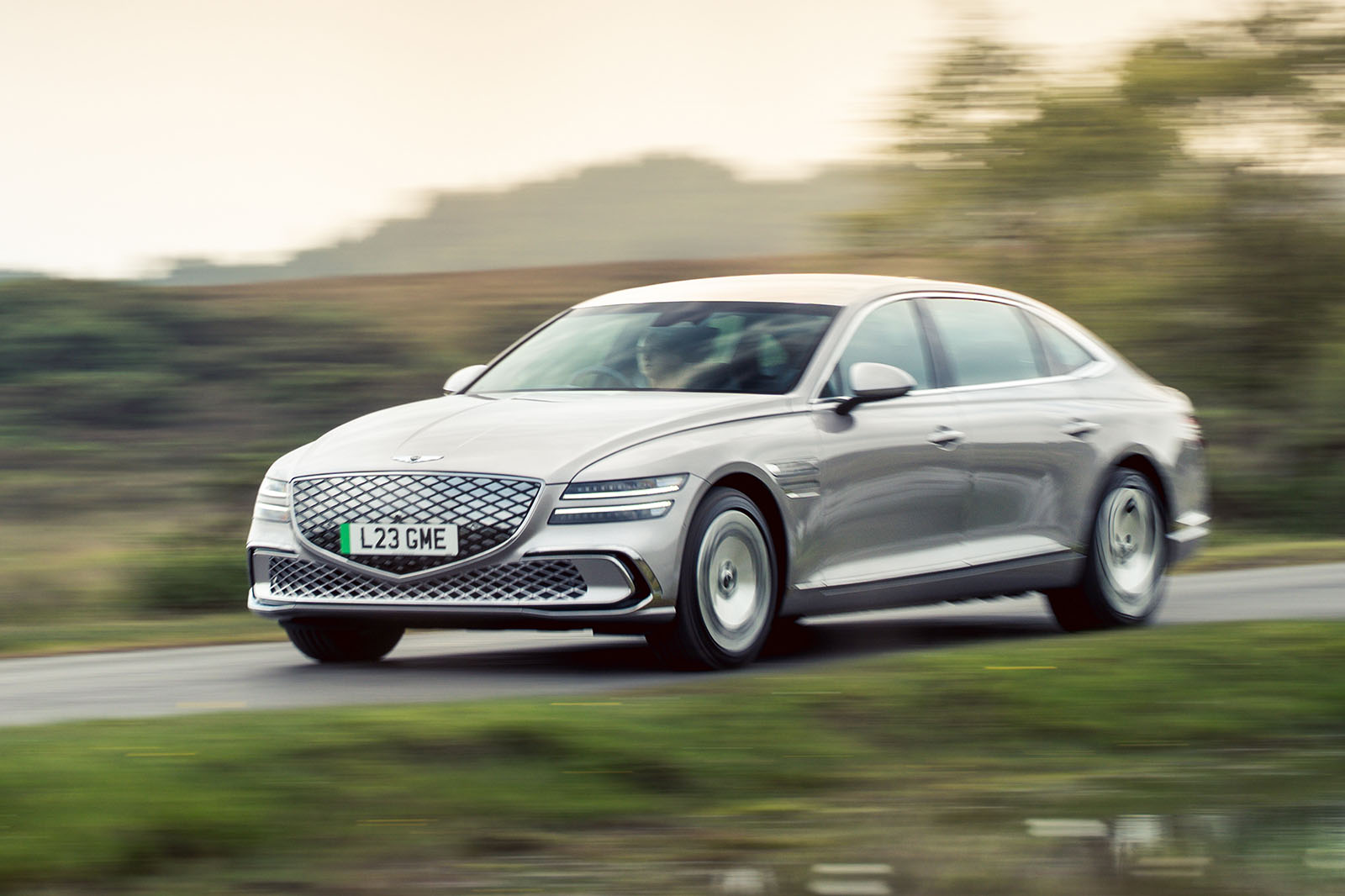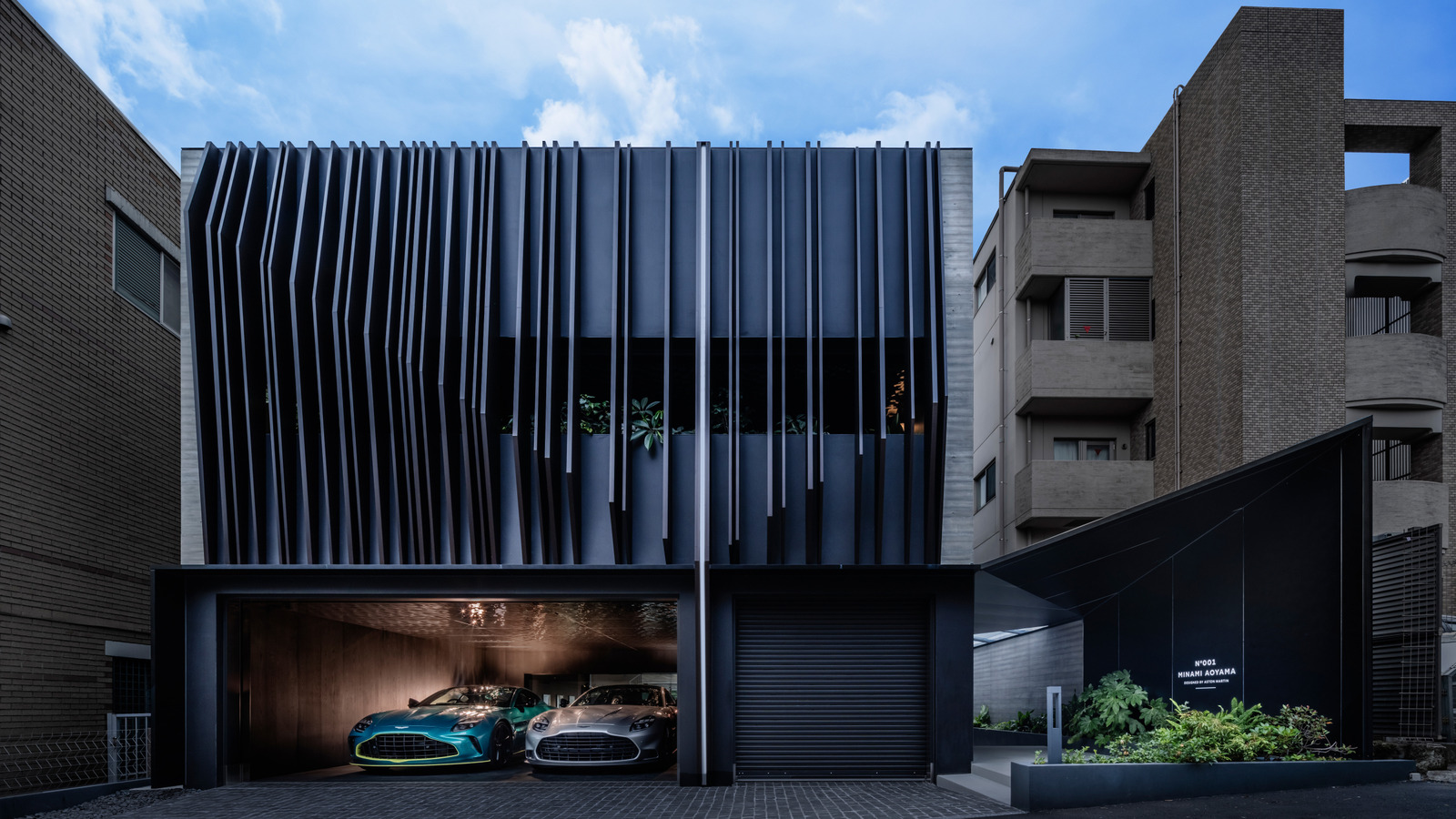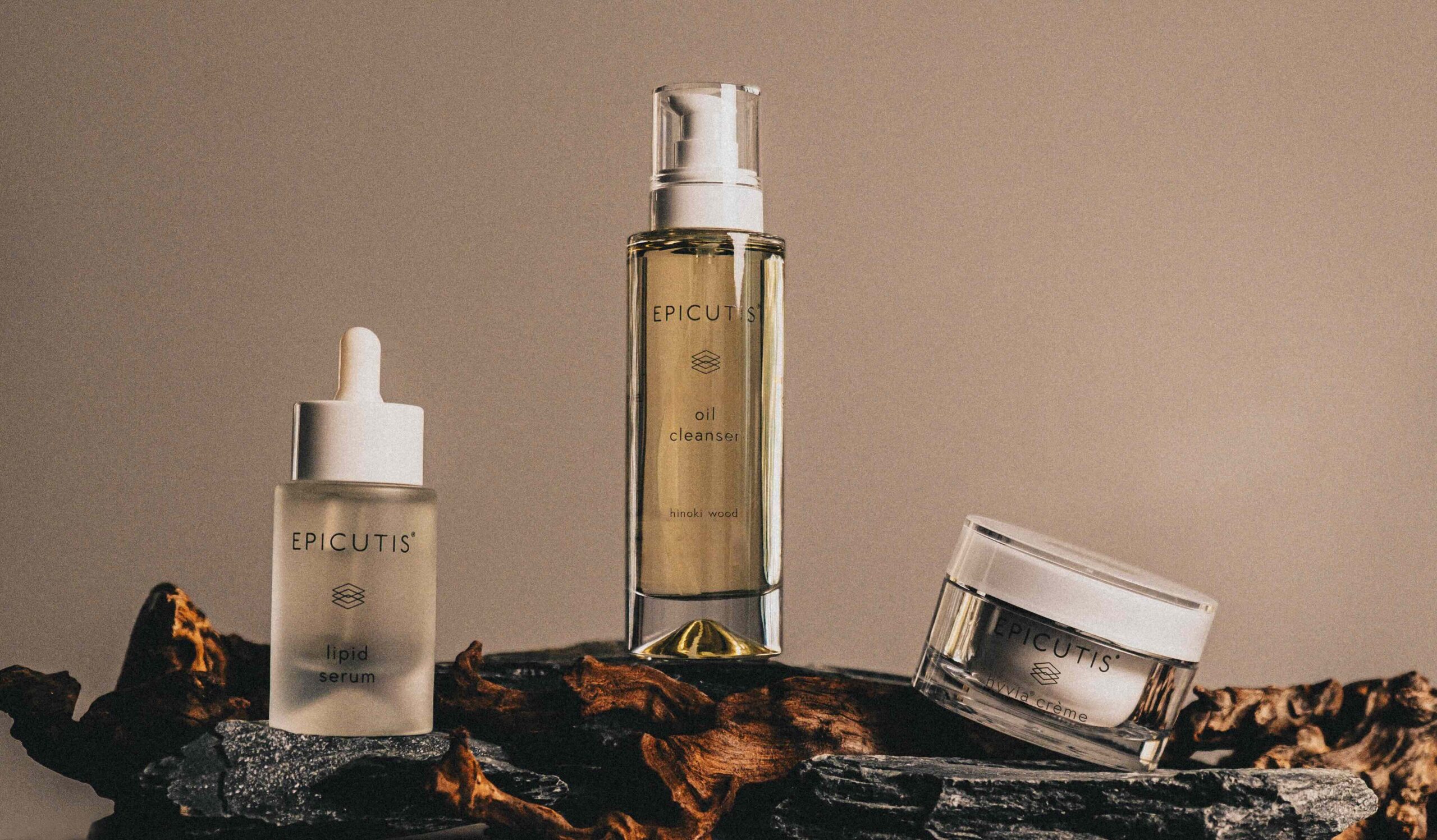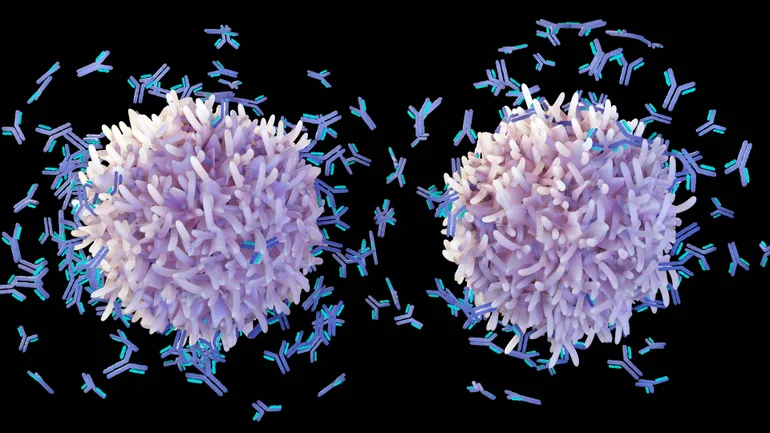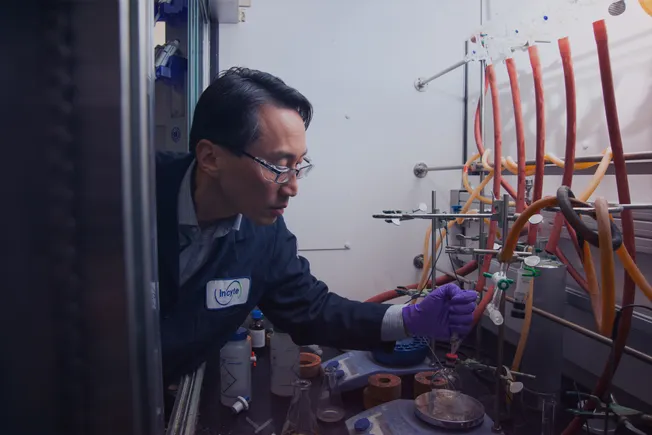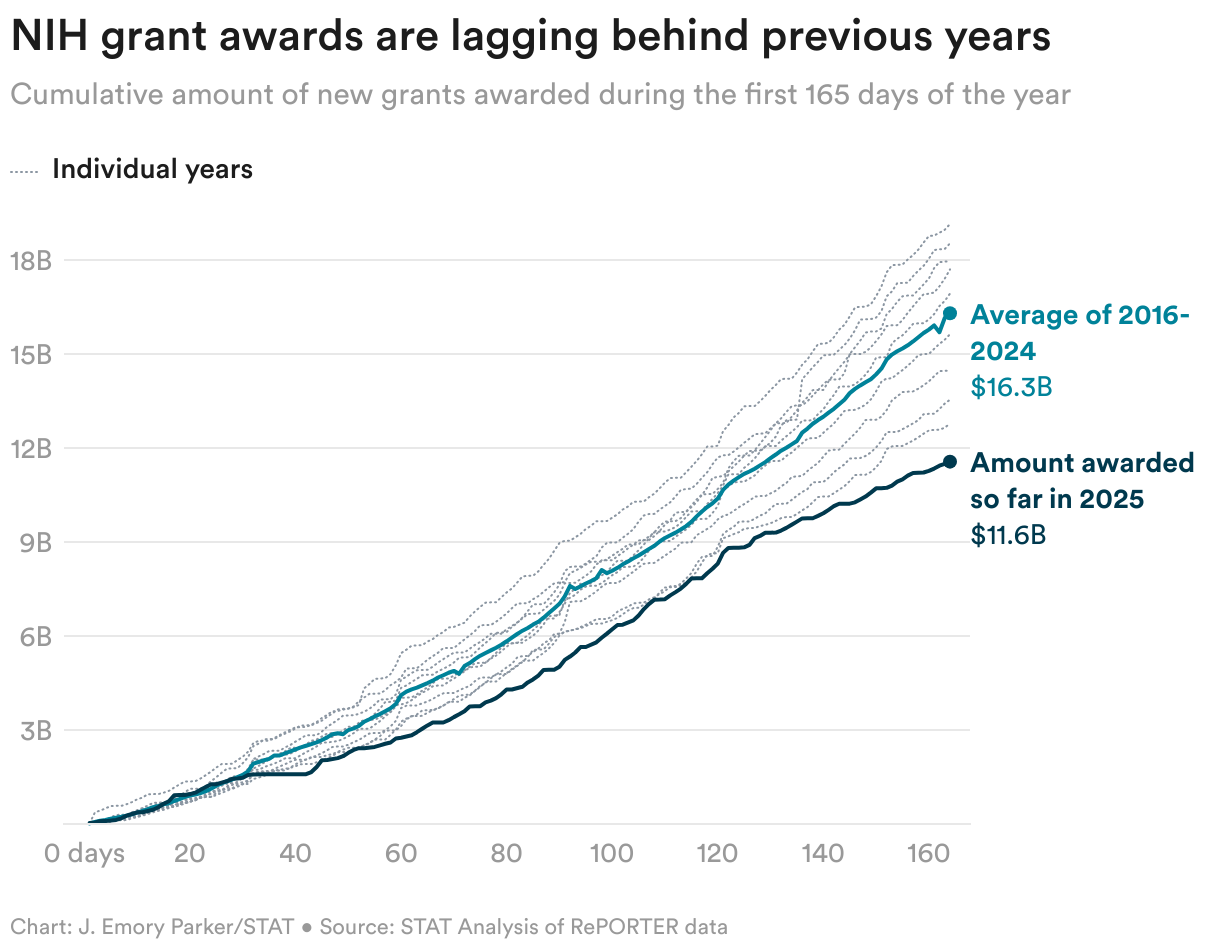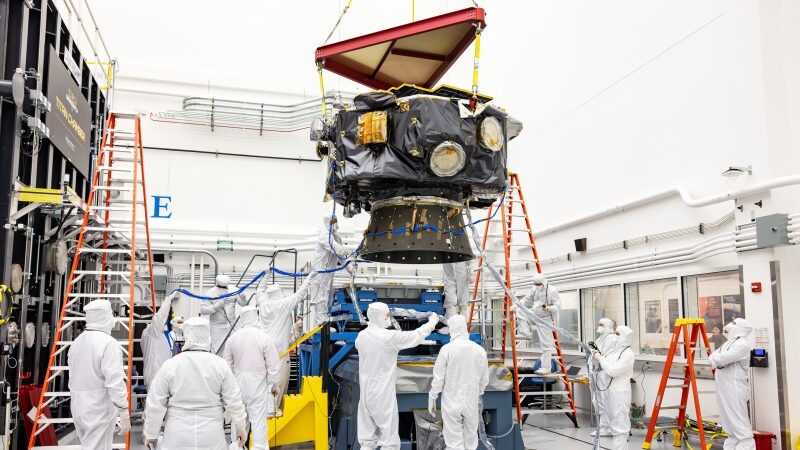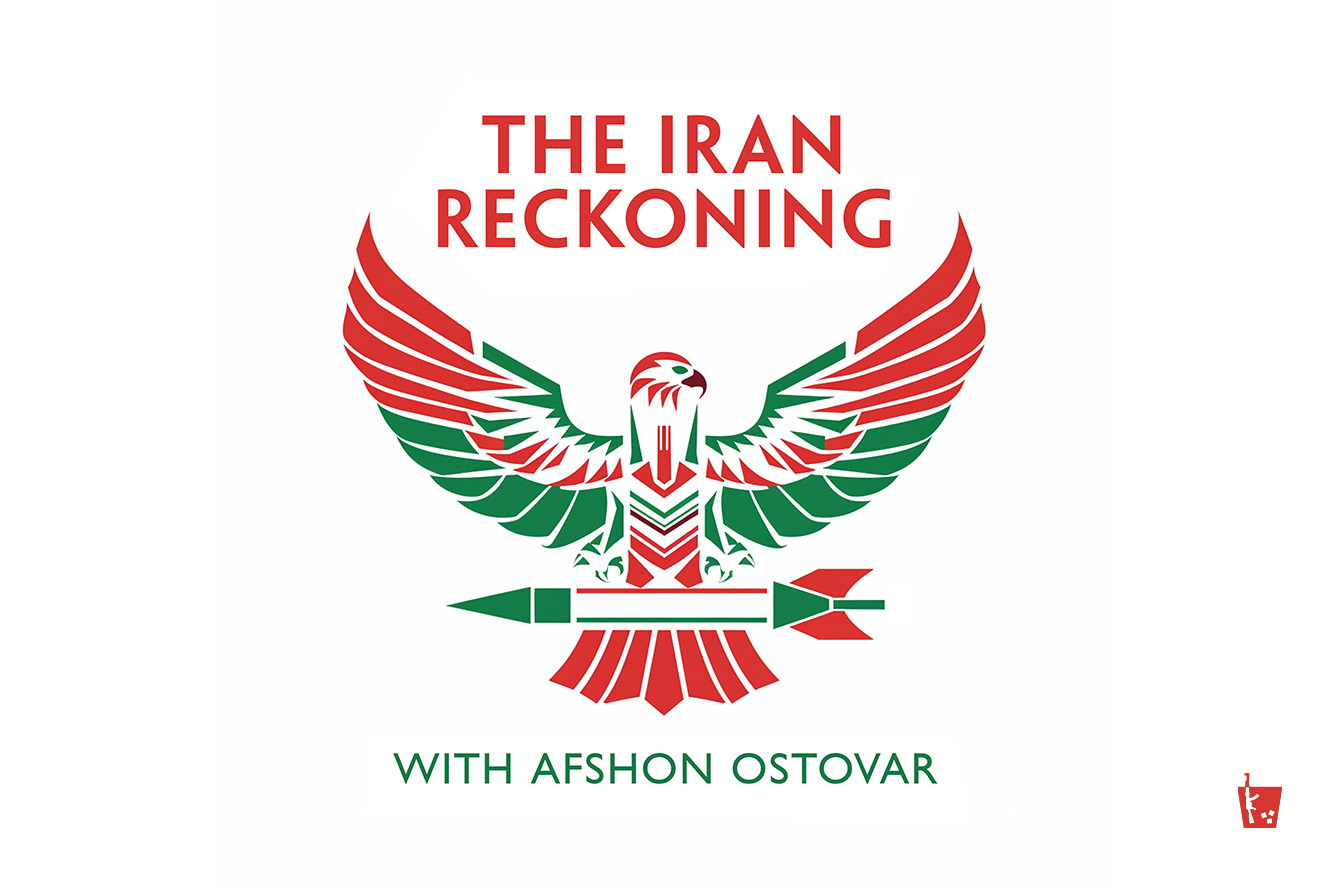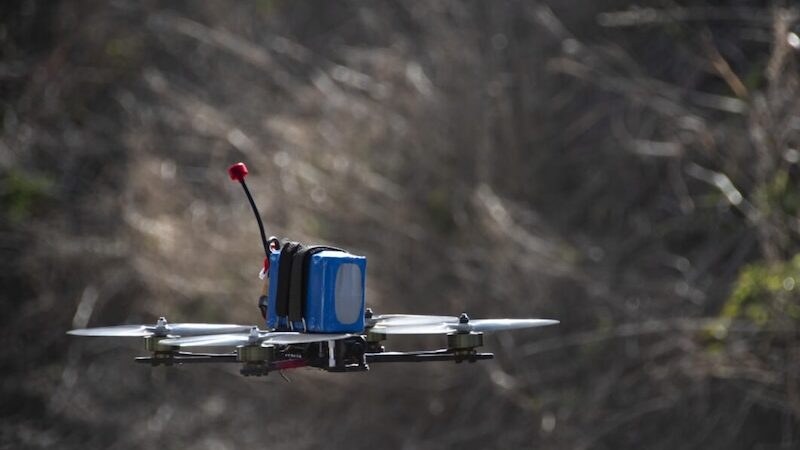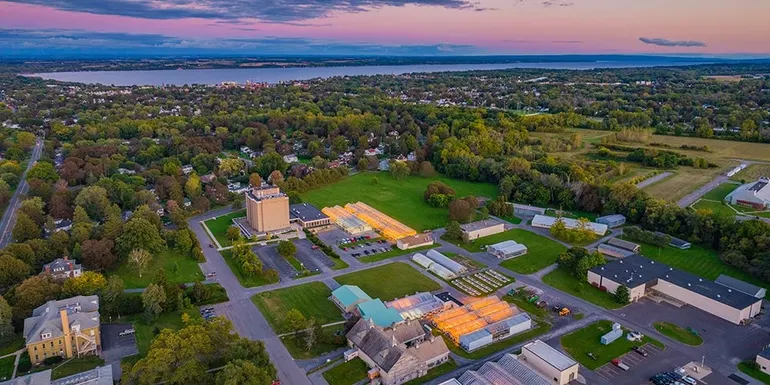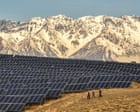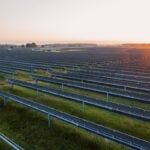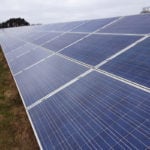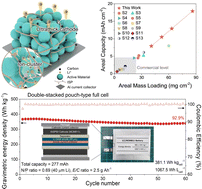These Two Chilean Regions Are Producing Next-Level Sauvignon Blanc
Casablanca and Leyda Valley are yielding vibrant wines through sustainable practices in Chile’s cool, coastal climate. [...] Read More... The post These Two Chilean Regions Are Producing Next-Level Sauvignon Blanc appeared first on Wine Enthusiast.
Casablanca and Leyda are acquiring a reputation as producers of world-class Sauvignon Blanc—some of which rival that of the iconic expression from New Zealand. But at the same time, they have identified unique characteristics of their specific terroir that are site-specific expressions with a true sense of place.
In these two valleys, located along the Pacific coastline, the Humboldt current, morning fog and granitic soils help shape flavor profiles of the wines produced.
Adding to the quality of these wines are the organic, biodynamic and regenerative practices utilized by an increasing number of growers—especially as climate change continues to evolve and affect the region. They affirm that this is the best way to face this challenge and, at the same time, make better wines.
Casablanca
Camanchaca is the local word for the fog that rolls in from the Pacific and covers the land in the early morning. As it’s blown away by the coldwater Humboldt current that originates from Antarctica and sweeps through coastal lands, one can spy the Coastal Mountain range to the east and the expansive surrounding valley that is Casablanca.
“Casablanca is a cool-climate coastal valley influenced by the Humboldt cold-water current that, in this section of the continent, cools the wind that blows from west to east,” says Gonzalo Bertelsen, winemaker at Veramonte. “The mornings are usually cloudy. At noon ocean breezes blow off the fog and the sun shines over Casablanca.”
Sauvignon Blanc, a variety sensitive to heat and light, thrives well in this environment. The valley’s lower temperatures and overcast days allow for a longer ripening period, positively influencing grape chemistry and thus the resulting wines: “Natural acidity is higher, pH is lower and because the production of sugar is low, the grapes make more balanced wines,” says Bertelsen.

Sauvignon Blanc wines from the valley offer an aromatic nose and flavors of citrus and tropical fruit alongside elevated acidity. There is ripeness, but also freshness. “The soils in this region are older than those of the Andes Mountains and are composed of granite. This also provides a sense of minerality and tension to our coastal wines,” he adds.
Bertelsen further equates the region’s high quality wine production to the ability of growers to adhere to sustainable viticultural practices. For its part, Veramonte has certified all its vineyards as organic and, starting with the 2023 vintage, wines will also be certified biodynamic.
For the last decade, Casablanca has become increasingly affected by drought, meaning it’s now more difficult to access water for irrigation. In a region where dry farming isn’t always an option, this poses a real threat to producers who are focused on high-yield grape growing. “Growing grapes for massive wine production will be unfeasible in Casablanca,” says Julio Bastías, head winemaker at Matetic Vineyards. “The future lies in small wine production with focus on high quality wines.”
For the winemaking team at Matetic Vineyards, achieving quality amid climate change means farming organically and biodynamically, as these viticultural practices allow their soils to capture and retain more water throughout the growing season, meaning less total irrigation is required.
“We believe that good balance and the best fruit can be achieved by farming organically,” agrees Bertelsen. “Farming Sauvignon Blanc organically improves canopy health by allowing better ventilation. Since the canopy is balanced, the fruit-set process is healthy, too. The berries are smaller and concentrate more flavors.” As a result, the winemaker confirms that Sauvignon Blanc wines made with organic grapes “have more complexity and more aromatic layers.”
Leyda Valley
Because of its proximity to the Pacific, Leyda Valley experiences even cooler temperatures than Casablanca and, as a result, produces Sauvignon Blanc wines with vibrant acidity and a citric and herbal character that makes them more similar to New Zealand wines than those of its coastal neighbor.
However, resembling the wines of New Zealand isn’t necessarily what winemakers are aiming for. “Why follow a recipe that is not ours?” says Viviana Navarrete from Viña Leyda. “As winemakers, our goal is to make wines that talk about the place they come from.”
“Sauvignon from Leyda have a more austere nose than those of Marlborough, but they are very elegant,” she continues. “They are herbaceous with aromas of fresh cut grass, cedar, vervain and intense citric notes such as lime, grapefruit and tangerine followed by salt.”
On the palate, these wines have a lasting and crunchy acidity. “This is a result of cloudy skies that stop sunlight from hitting the grape skins directly, preserving natural acidity,” explains Navarrete.

Diego Rivera, winemaker at Viña Garcés Silva, explains that the region’s soil—not just climate—plays an important role in the wines’ vivacity as well. Soils with more clay inclusion “tend to produce vigorous Sauvignon Blanc with more herbal and citric character.” Soils with a larger presence of rock near the surface produce more austere expressions with subtle fruit flavors. “In these wines the focus is on the texture,” he says, referring to the distinct minerality found in the wines produced from these areas.”
Viña Garcés Silva is practicing regenerative farming with the goal of improving soil health and biodiversity—creating an environment with more life both amid the vines and within the soil system. “This is very important not only because having living soils keeps our vineyards in good health, but because it benefits the ecosystem as a whole in the short and long term,” says Rivera.
Rivera confirms that, thanks to their conscientious viticultural practices, grapes are ripening more slowly and evenly. “We have seen more complexity in the wines.”
Rivera also comments that the number of producers in the region incorporating sustainable farming methods— including organic, biodynamic and regenerative methods—is increasing. Given the benefits to grape quality, the resulting wines and, most importantly, the environment, he hopes that this kind of viticulture will become a characteristic and a standard of Leyda wine culture.
Wine Enthusiast Recommends:
Viña Leyda 2022 Lot 4 Sauvignon Blanc (Leyda Valley)
At first, this Sauvignon exhibits Leyda Valley’s classic aromas of green peas and celery. After a few minutes in the glass, the wine opens and shows its complexity. It has a beautiful citrusy character that shines through delicate notes of lime and vervain on the palate. Vibrant and structured, this is a good example of the quality that white wines from Chile’s coastal vineyards can achieve. 93 points — Jesica Vargas $42 Atozbev
Viña Marty 2020 Goutte D’Argent Sauvignon Blanc (Leyda Valley)
Attractive and delicate aromas of honey, quince and peach are displayed in the glass of this Sauvignon Blanc from Leyda Valley. The light- to medium-bodied palate is flavorful with more stone fruit and subtle citrusy. Vibrant acidity lifts up the palate and makes the wine very enjoyable. The finish is crisp with a fruity aftertaste. 91 points — J.V. $22 Tacoma Wine Merchants
Viña Tabalí 2021 Talinay Sauvignon Blanc (Limarí Valley)
Herbaceous aromas blend with subtle notes of citrus fruit and salt. It has a mineral texture that carries bright flavors of lemon and green bell pepper throughout the long finish. Vibrant acidity completes the fresh palate. 91 points — J.V. $22 Total Wine
Concha y Toro 2021 Terrunyo Sauvignon Blanc (Casablanca Valley)
A refreshing white from Chile’s coastal region, this wine displays white-peach, lime, grass, and wet stones aromas. On the palate, sharp acidity is balanced by light notes of stone fruit, with lime, and jalapeño flavors. This was a cold year and it shows, still this wine has weight and is very enjoyable. 90 points — J.V. $30 Grand Cru
Odfjell 2022 Armador Organic Sauvignon Blanc (San Antonio)
In the Armador collection, young winemaker Francisca Palacios aims for wines with honest varietal expression. This Sauvignon Blanc is a good example of that. It’s made with grapes from the coastal San Antonio Valley and has a nose of lime, lemon verbena and green peas. There is a creamy texture on the palate and vibrant acidity, supporting herbaceous and citrus notes and hints of tropical fruits. 90 points — J.V. $15 Plum Market
Matetic 2021 Corralillo Sauvignon Blanc (San Antonio)
The nose opens with intense aromas of herbs. After aeration, it reveals subtle notes of white grapefruit and wet stones adding complexity to the bouquet. This coastal and good-value wine features a mineral character and shows herbs and saline flavors accented by lemon and orange peel. Lively acidity leads to a citrus finish. 90 points — J.V. $15 The Whisky Exchange
Morandé 2021 Estate Reserve Sauvignon Blanc (Casablanca Valley)
Aromatic and intense notes of white grapefruit, guava and a hint of asparagus in the glass of this Sauvignon Blanc sourced from Casablanca. The palate is creamy with rich citrus and exotic fruit flavors blended with subtle chamomile flower notes. It has refreshing acidity and a crisp citrus finish. 90 points — J.V. $13 Wines and More
Siegel 2021 Special Reserve Sauvignon Blanc (Leyda Valley)
Pronounced herbal aromas dominate this wine, only allowing light citrus and wet stones notes to emerge. Mineral texture and lively acidity makes this wine very refreshing. Citrus flavors of grapefruit and lime show on the balanced and round palate. It has a pleasant, medium-long finish. 90 points — J.V. $10 Noble Discount Liquors
Viña Casablanca 2021 Nimbus Single Vineyard Sauvignon Blanc (Casablanca Valley)
Light notes of mint are followed by lime and peach aromas. This white is flavorful, delivering grapefruit, lime and herbaceous notes on the palate. It has a lemony fresh finish. 90 points — J.V. $15 Total Wine & More
This article originally appeared in the February/March 2023 issue of Wine Enthusiast magazine. Click here to subscribe today!
More Sauvignon Blanc Coverage
- All over social media, people are putting jalapeños in their Sauvignon Blanc. We tried the trend so you don’t have to.
- If you think you know Sauvignon Blanc, try aging it.
- We pit Sauvignon Blanc and Chardonnay against each other to determine which grape reigns supreme.
- These are the zippy, top-rated Sauvignon Blancs we’re drinking right now.

In the Shop
Organize and Display Your Wine in Style
Put an exceptional wine selection on display with decorative wine racks of every style, size, and placement for your home.
The post These Two Chilean Regions Are Producing Next-Level Sauvignon Blanc appeared first on Wine Enthusiast.










